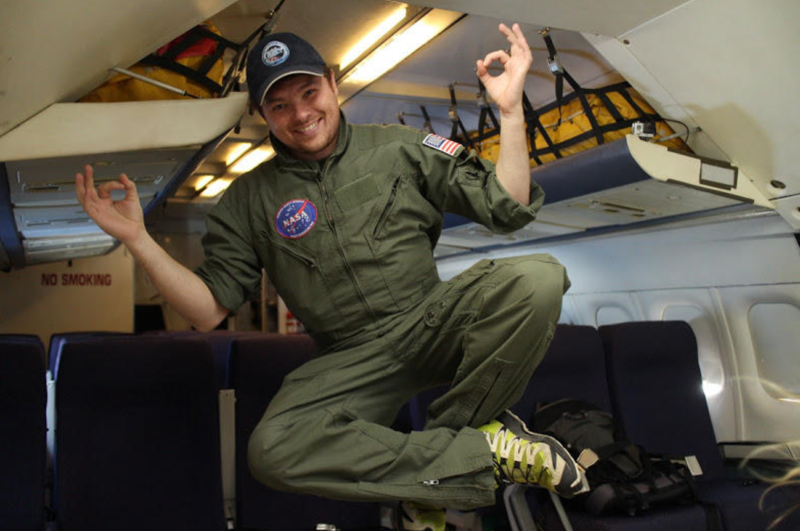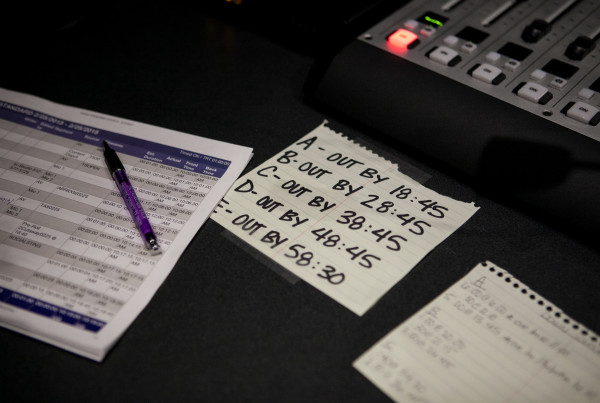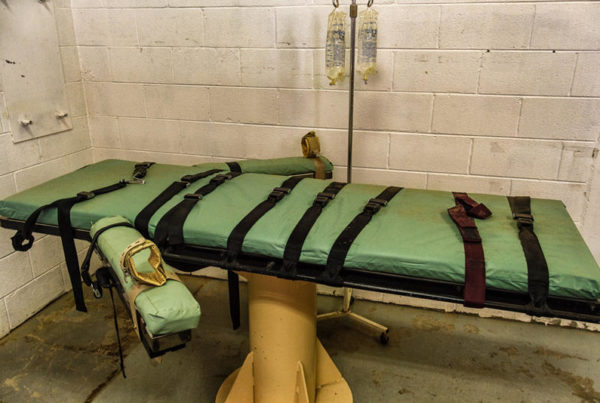From KERA News:
After spending six months on the International Space Station, Michael Barratt had a strange request when he finally stepped foot on Earth.
He wanted a spinal tap.
Barratt isn’t a masochist, he’s a NASA astronaut. While flying hundreds of miles above Earth in 2009, he noticed his vision was changing. He was struggling to read manuals and checklists.
“I spent a lot of time on the Russian segment as well. When you’re reading in Russian in small print in a dark place, and your visual acuity starts to tank, you notice it!” Barratt says.
Barratt is also a very curious physician, which brings us to his request for a spinal tap to check the pressure in his brain. He knew he wasn’t the first astronaut whose vision had changed while in space, and he hoped sticking a needle into his back might provide a clue to his vision loss. The leading theory at the time was that microgravity raises pressure in the head and reshapes the eyeballs, which could be problematic for long-term space travel to places like Mars.
“This is a medical issue that affects a large percentage of people who fly in space,” Barratt says. “So the stakes are extremely high.”
Simulating Zero Gravity For Science
Scientists know that when people go into space, the fluid normally below their hearts goes into their heads. But is it creating enough pressure to damage the eyes? To flatten them and affect the optic nerve?
Dr. Benjamin Levine has been on a mission to find out. He’s a professor at UT Southwestern Medical Center and Director of the Institute for Exercise and Environmental Medicine, jointly run by UT Southwestern and Texas Health Resources. Instead of sticking needles in astronauts’ backs, Levine decided to stick needles inside people’s brains.
















